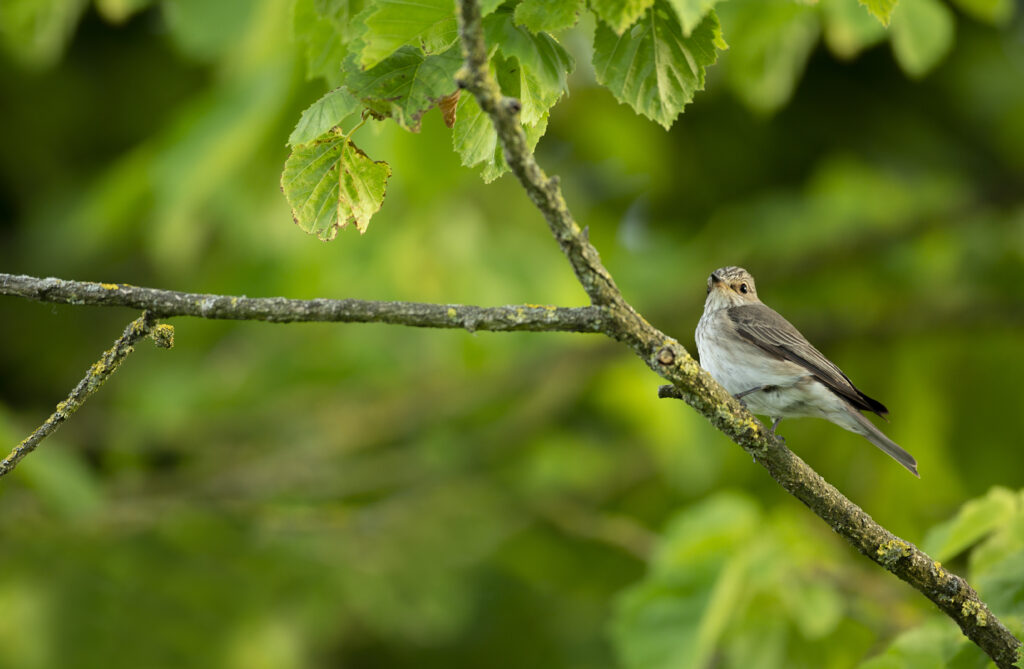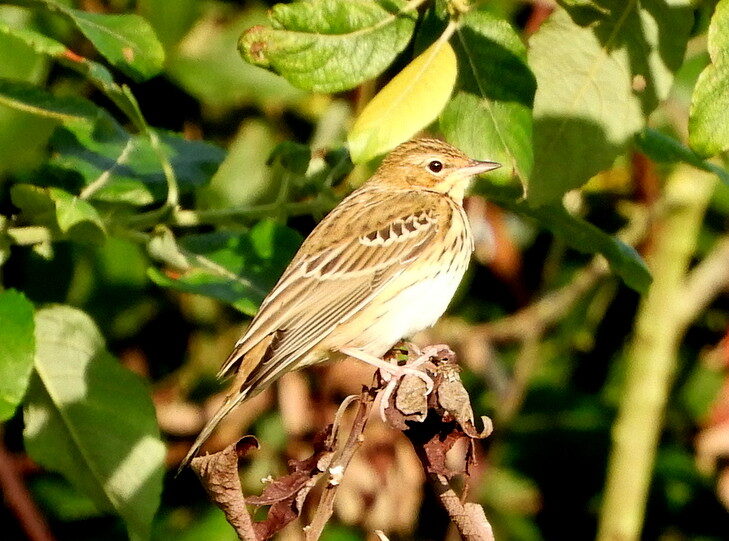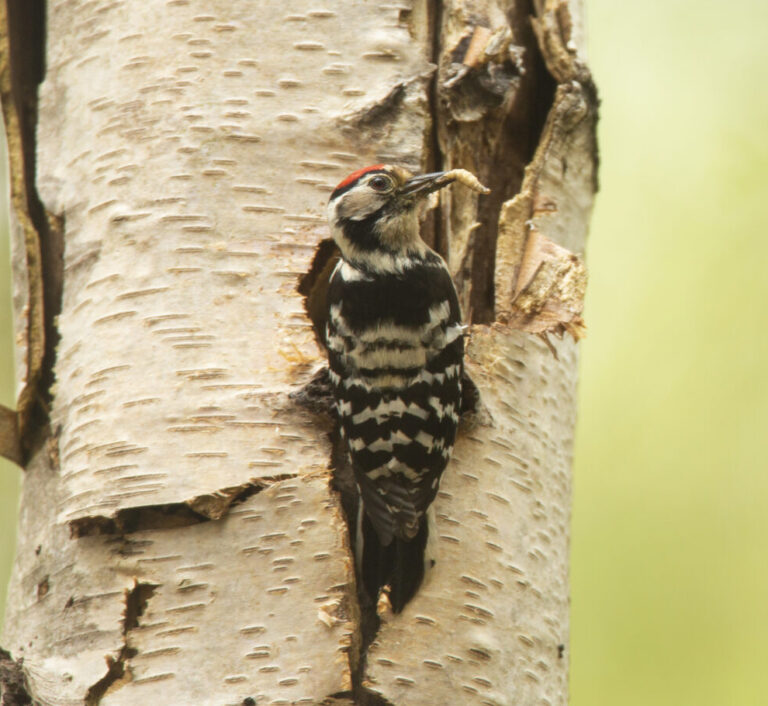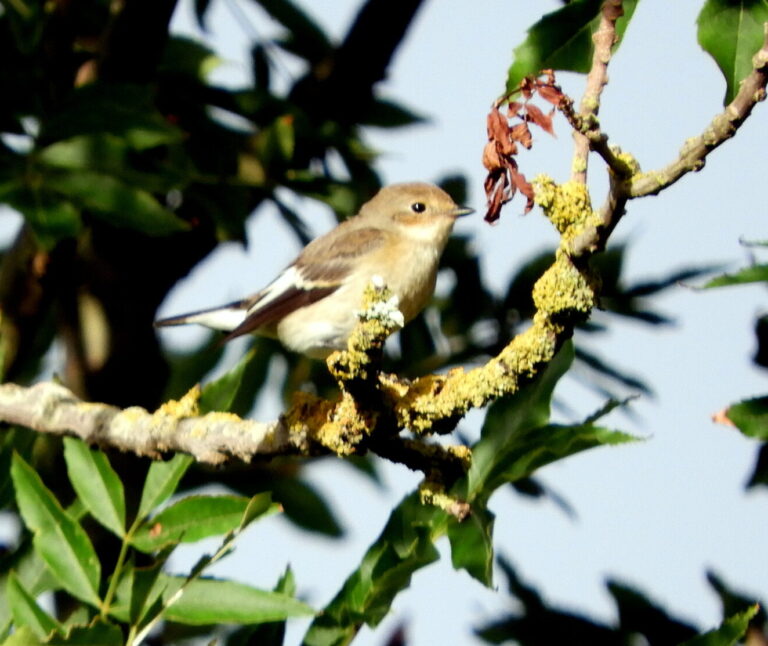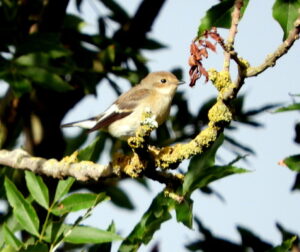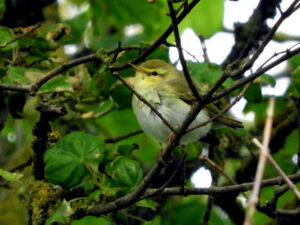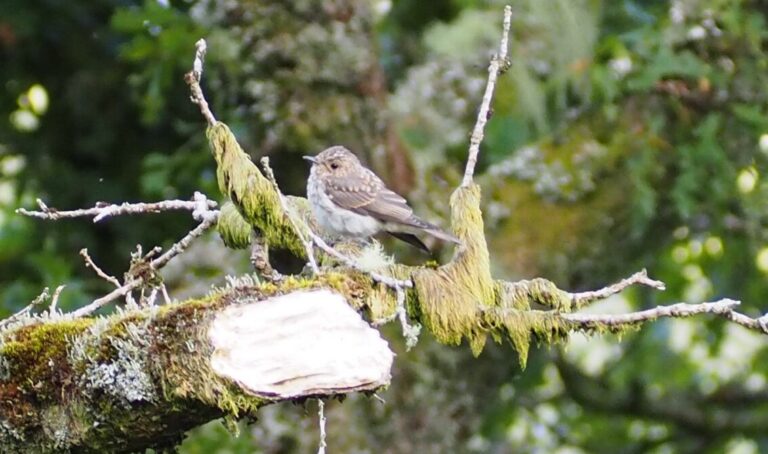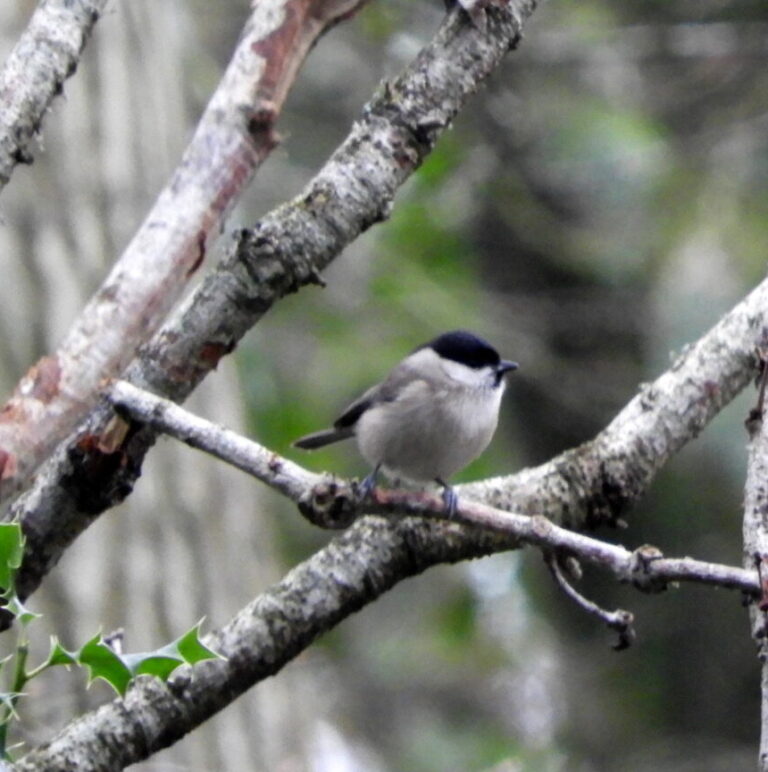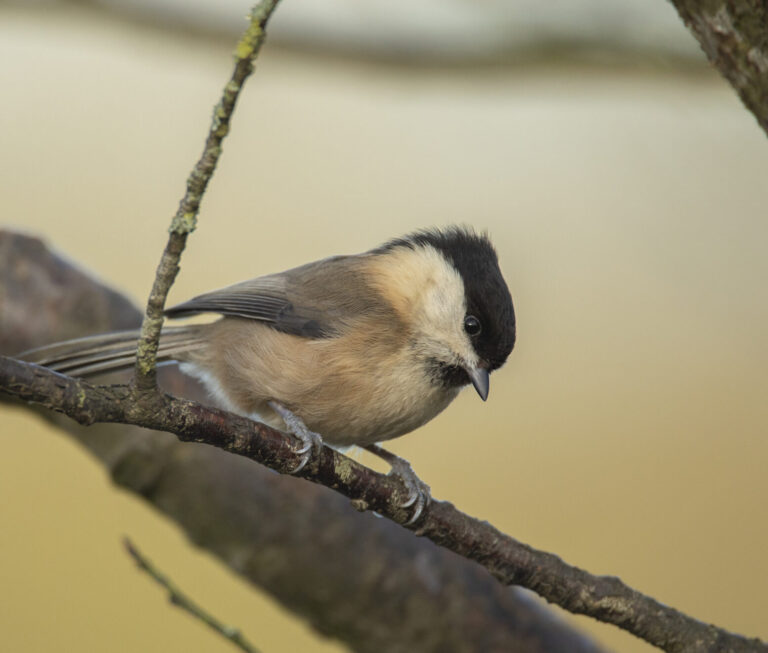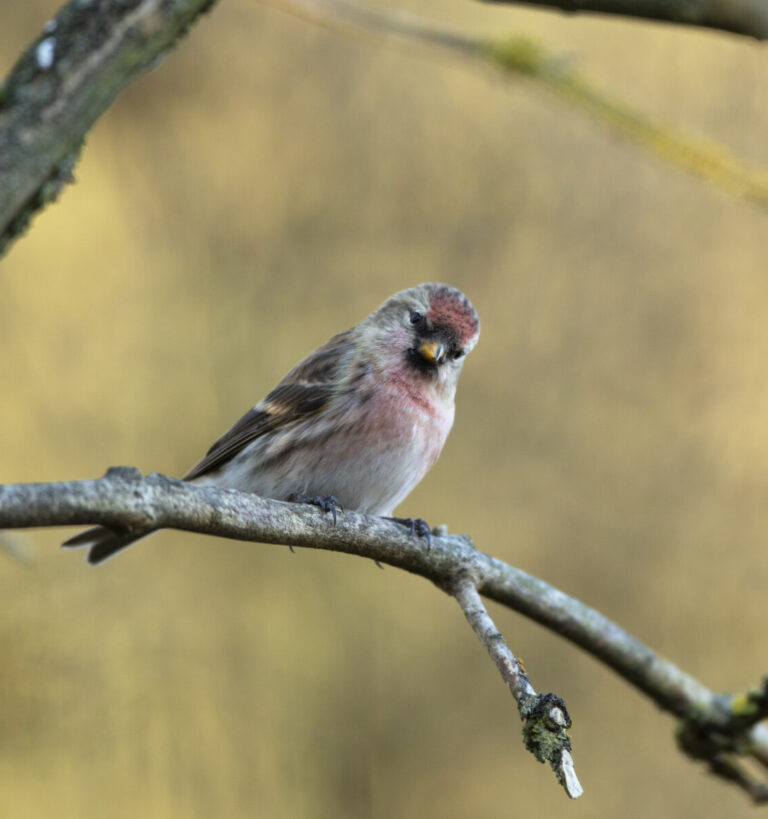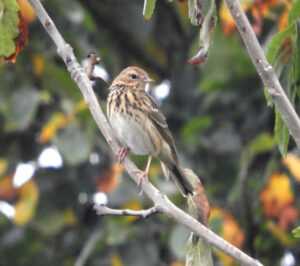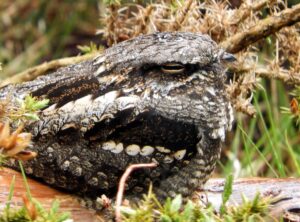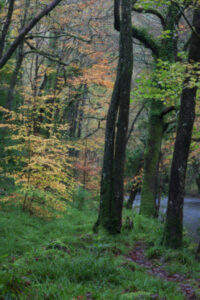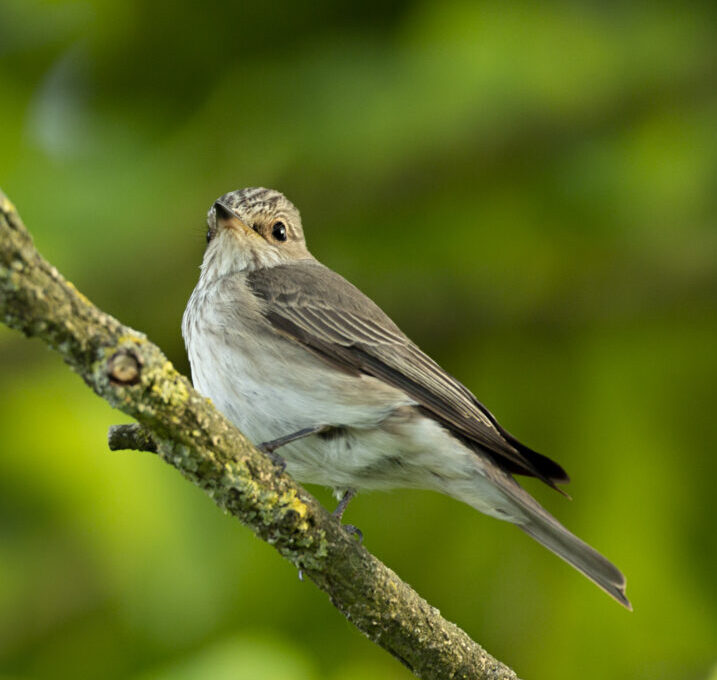Devon supports a wide range of woody habitatsThe natural environment in which an animal, plant or other o... More, from ancient upland oak woods to wet woodlands, parkland and wood pastures, orchards, parks and gardens. They all provide food (especially seeds and insects), shelter and nesting sites for birds.
Many speciesA group of similar organisms that can breed and exchange gen... More such as blackcap, great spotted woodpecker, nuthatch and tree creeper are still common and widespread across Devon. However other bird species such as lesser-spotted woodpecker, willow tit, pied flycatcher and wood warbler have seen particularly severe declines in the last few decades. Although reasons are not all well understood one key reason is thought to be lack of woodland management. This has reduced the structural diversity of woodlands which in turn has reduced the habitatThe natural environment in which an animal, plant or other o... More for insects. For migratory species there may also be links to wintering habitats or migration routes, although evidence for this is limited.
12 woodland species including mistle thrush, tawny owl and redstart are listed as Devon Species of Conservation Concern. Seven of these are listed as Focus Species in need of particular action or attention and these are discussed below. Although these species have been brought together into a birds of woody habitats group, they have different habitat needs.
Pied flycatcher, lesser-spotted woodpecker and wood warbler, need large, insect-rich woodlands. Others, such as tree pipit and nightjar, are found in more open habitats such as heathlands but also use open areas clear-fell areas in conifer plantations and newly-planted woods.

